Pathology: Dissection of a prematurely deceased AiO
Let us now return to our AiO. We first carefully removed the hoses to collect the coolant from the radiator including the pump and the part with the hoses and the CPU water block with as little loss as possible. The measuring cup here in the picture is a bit deceiving, as it was only a generous 140 ml. On the basis of a counter test one can assume that including the obligatory air bubble 150 ml would certainly have fit in. By the way, with the usual hoses, you will lose 10 to 15 ml of water per year with an AiO if the part is not running 24/7. For that reason alone, an AiO with a refill nozzle is never a disadvantage.
The liquid can already be identified by its yellowish colour as a cheap ethylene glycol mixture, which is so loved and sold very cheaply in the automotive sector. Now you have to know that the right inhibitors (here each company has the mixture as a kind of curry secret in the poison cabinet under lock and key) cost really big money. It could be obvious that a cheaper variant was chosen for cost reasons, but the expert opinion will certainly reveal further details that I do not want to speculate on for the time being.
I wrote “as loss-free as possible”, but when I pulled off the first hose, a drop of the valuable liquid dripped onto the back of the radiator. We can already see pretty clearly here that the crystals contained definitely just don’t belong there. Already the hose (especially at the outtake of the CPU cooler and then at the connection to the radiator) was almost completely clogged. Water flow? Well, I guess there was something left. But it certainly wouldn’t have taken much longer for the pipe to be completely sealed at the grommet.
Then, of course, we unscrewed the coldplate at the bottom of the radiator and the first thing we came across were the ugly precipitated crystals again, which looked like oversized grains of sand. Again, I’ll have to wait for the lab report for the chemical details, of course, but you can already see where we’re headed. Wrong or missing inhibitors together with a possible contamination of the water, about the quality of which there will certainly be something to find out.
By the way, not even the water itself has to be contaminated, because already during the production of the cheap aluminium radiators, if they are rinsed at all beforehand, mostly unsuitable and unpurified water is used. Then, however, unwanted salts already form inside, which have no business being there. I already wrote about annoying chloride. Especially since Chinese water in Shenzhen doesn’t really have a legendary reputation in terms of water hardness and purity either.
Take off the jetplate and we see the rest of the deposited crumbs that have found a new and permanent home, especially in the dead-end of the jet channel. Nothing goes through there either, and please remember what I wrote about the down-regulated pump. exactly such a thing is also the result of the flow being too low.
Finally we come to the coldplate with the microchannels above the CPU. Once again we recognize the crystals that have become entangled here. Interestingly, however, it is not a slime that clogs everything, but they are real and really hard crystals, so that we can exclude a complete chemical decomposition of the glycol here for the time being. Also, the copper still looks good enough to suspect potential incipient pitting.
Based on the crystals and their rather white-yellowish color, I would almost rule out copper as the molecule donor, but rather assume precipitated calcium or magnesium, which could indicate bad and too hard water as the basis of the coolant. But it could also be aluminum from the radiator, because with copper you’d probably have more of a greenish-turquoise hue under appropriate lighting. But I am not a chemist and will leave the whole thing to the lab. Because for an own judgement I lack the equipment and the real expert knowledge of a studied laboratory chemist. In the end, I am only self-taught and an attentive observer, nothing more.
So let’s wait eagerly for the sequel, because the topic is really exciting, also for open-loop systems and the decision, which brine you do to your system and which better not. Names are smoke and mirrors and I would like to say that I am a lover of pure osmosis water without any other additives. There one can get e.g. from the medicine need already high-pure distilled water, which is not at all so expensive and the whole with the help of water filters of a company with B at the beginning from the food range for the final customer then still right-filter. I haven’t had any problems since then.
With that in mind, we’ll stay tuned, including on the trial action. And finally I can only advise every product manager who is responsible for the expansion of the product portfolio of his company to choose a somewhat more expensive OEM with a comprehensible reputation and a consistently good rating. Whether you pay 20 or 40 USD from Hong Kong for such an AiO, it doesn’t make much difference at a retail price of over 100 Euro. Rule number one: RMA is a b1tch!
Sources: own














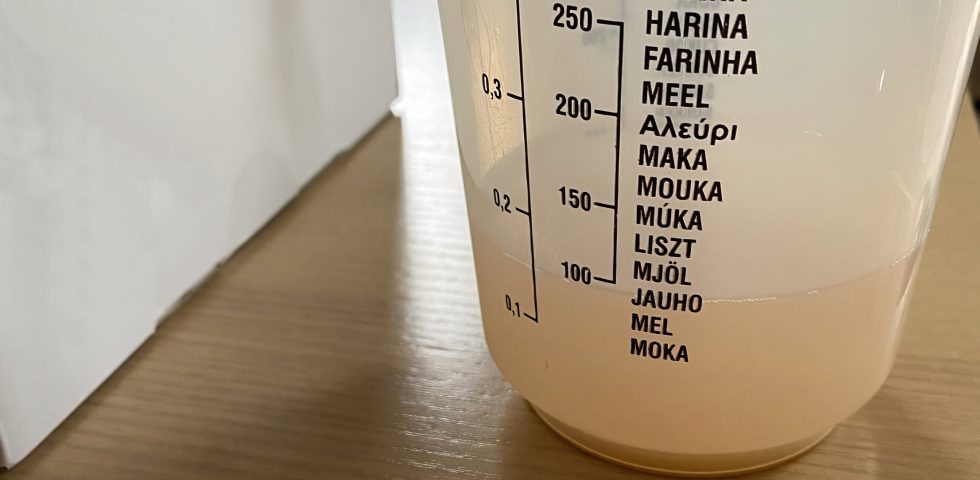
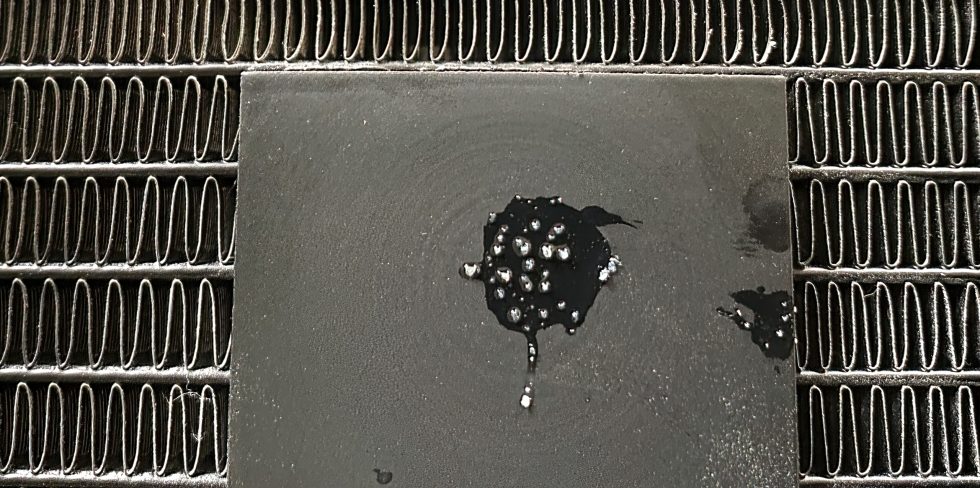
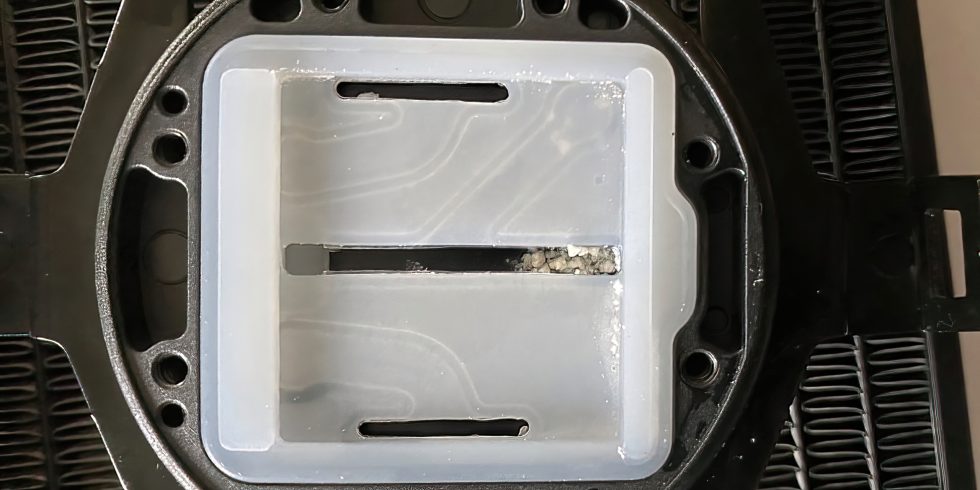
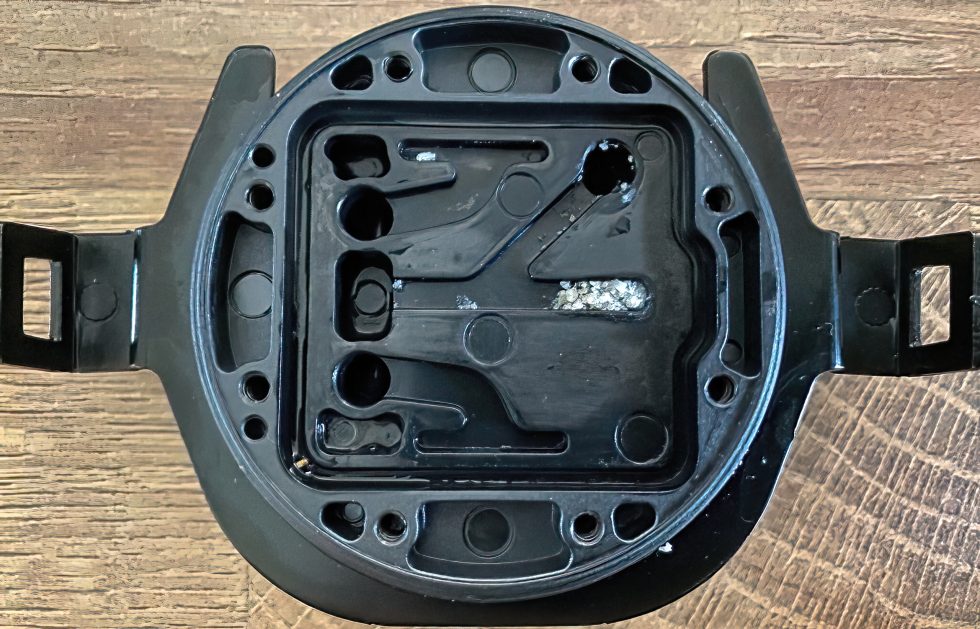
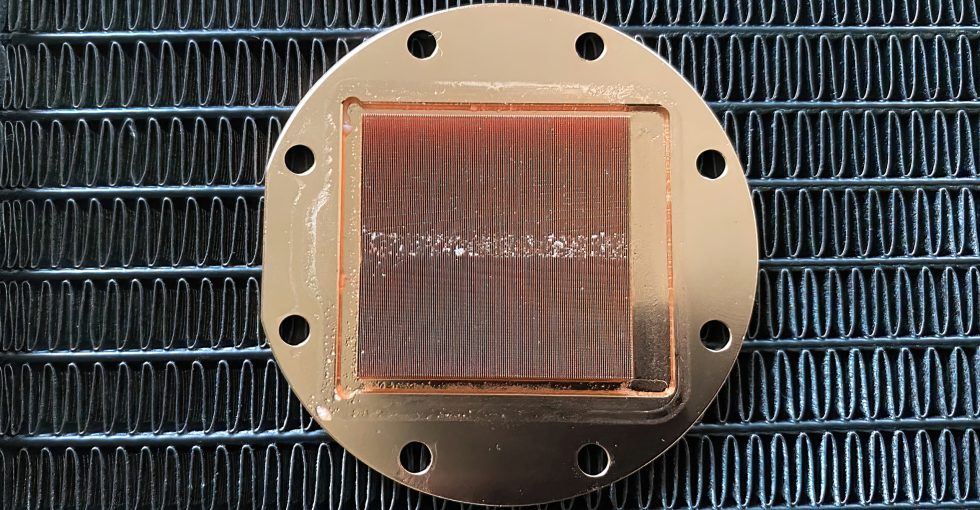


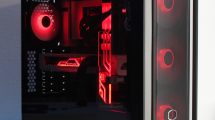
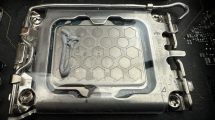
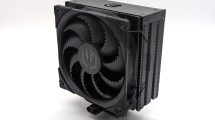
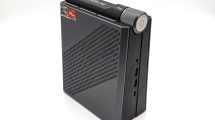

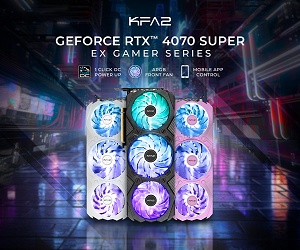
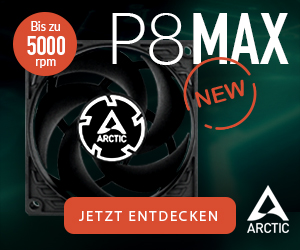
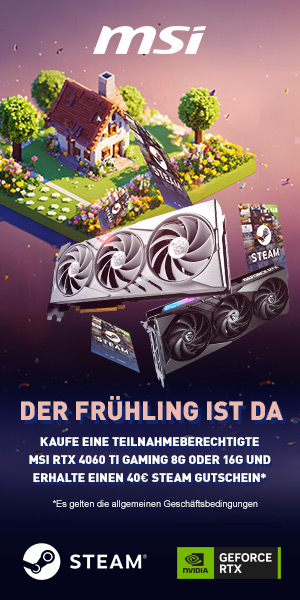
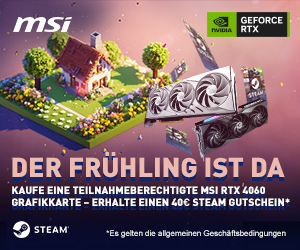
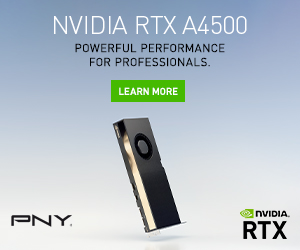
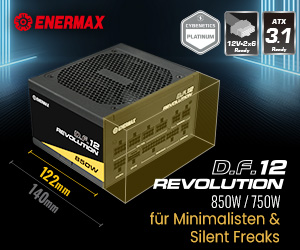
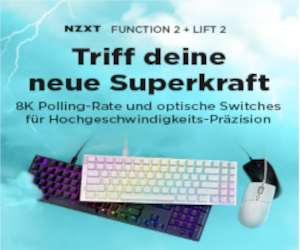
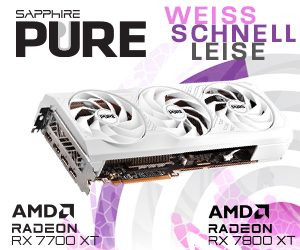

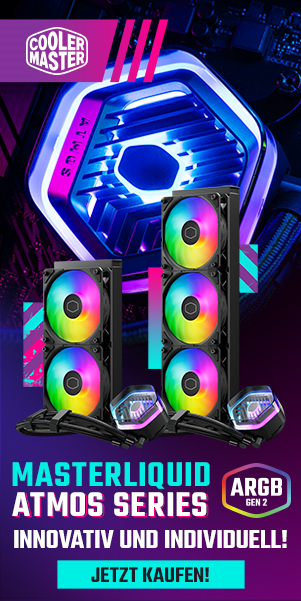

97 Antworten
Kommentar
Lade neue Kommentare
Urgestein
Mitglied
Mitglied
1
Mitglied
Neuling
Urgestein
Neuling
Veteran
Mitglied
Urgestein
1
Mitglied
Urgestein
1
Mitglied
Veteran
Alle Kommentare lesen unter igor´sLAB Community →